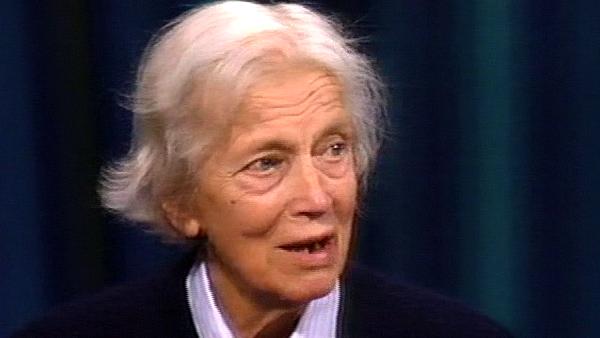NEXT STORY

More help from my cousin Sir Charles Harrington
RELATED STORIES

NEXT STORY

More help from my cousin Sir Charles Harrington
RELATED STORIES



|
Views | Duration | |
|---|---|---|---|
| 1. Developing an early interest in science | 2 | 2063 | 03:11 |
| 2. Panning for gold in our back garden | 1 | 325 | 03:08 |
| 3. Family history and school | 1 | 399 | 03:17 |
| 4. A rather rackety childhood | 320 | 02:10 | |
| 5. Preparing to get into Oxford | 272 | 02:07 | |
| 6. The mosaic pavements of Jerash | 280 | 05:02 | |
| 7. Thomas Hodgkin's family history | 384 | 01:16 | |
| 8. How I met my husband, Thomas Hodgkin | 298 | 05:53 | |
| 9. Coping with children and research | 348 | 01:34 | |
| 10. Career advice from Sir Charles Harington | 250 | 00:51 |
